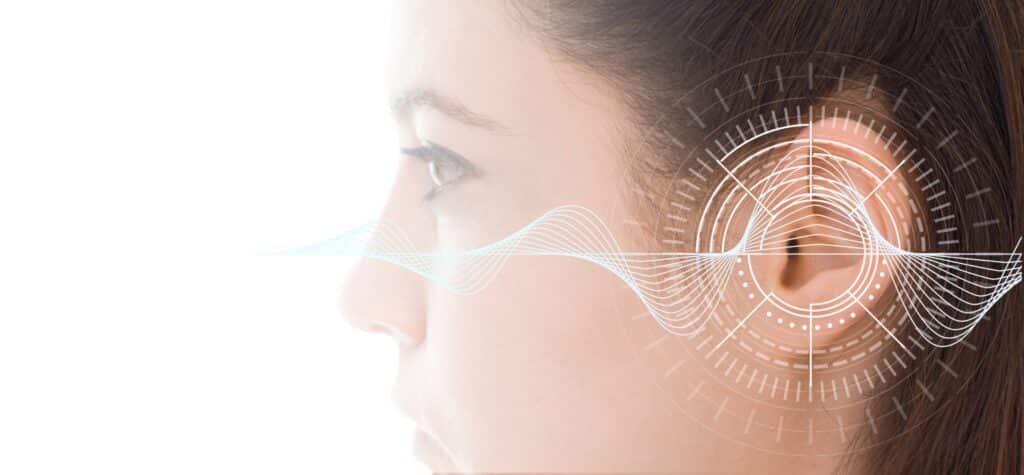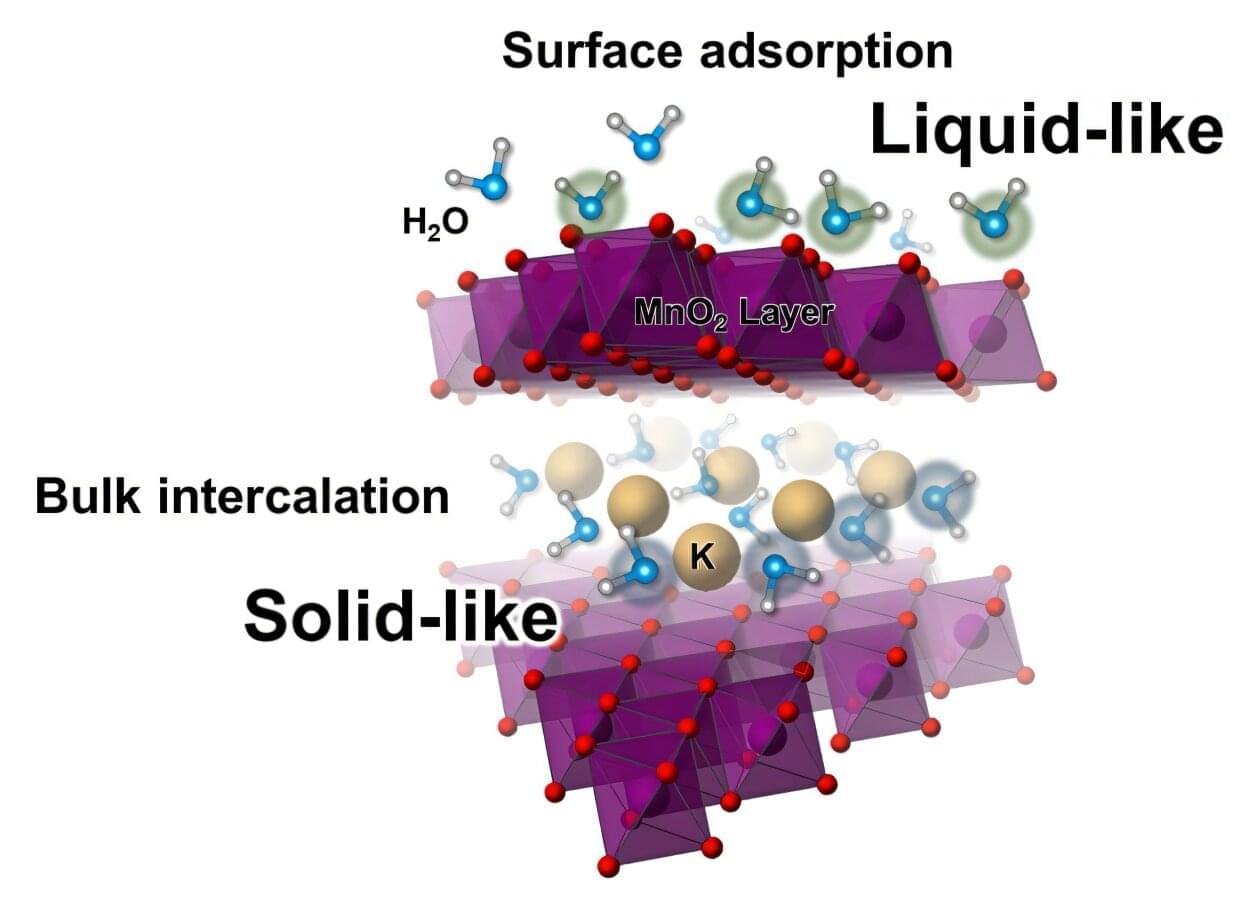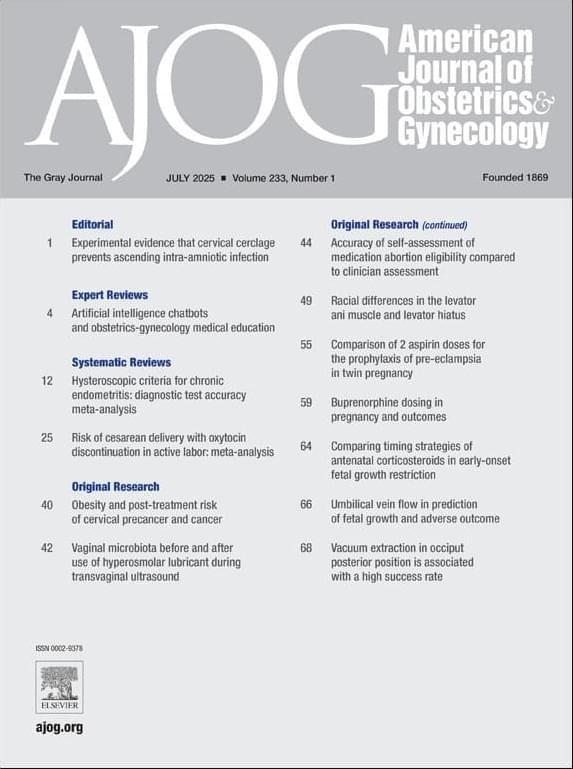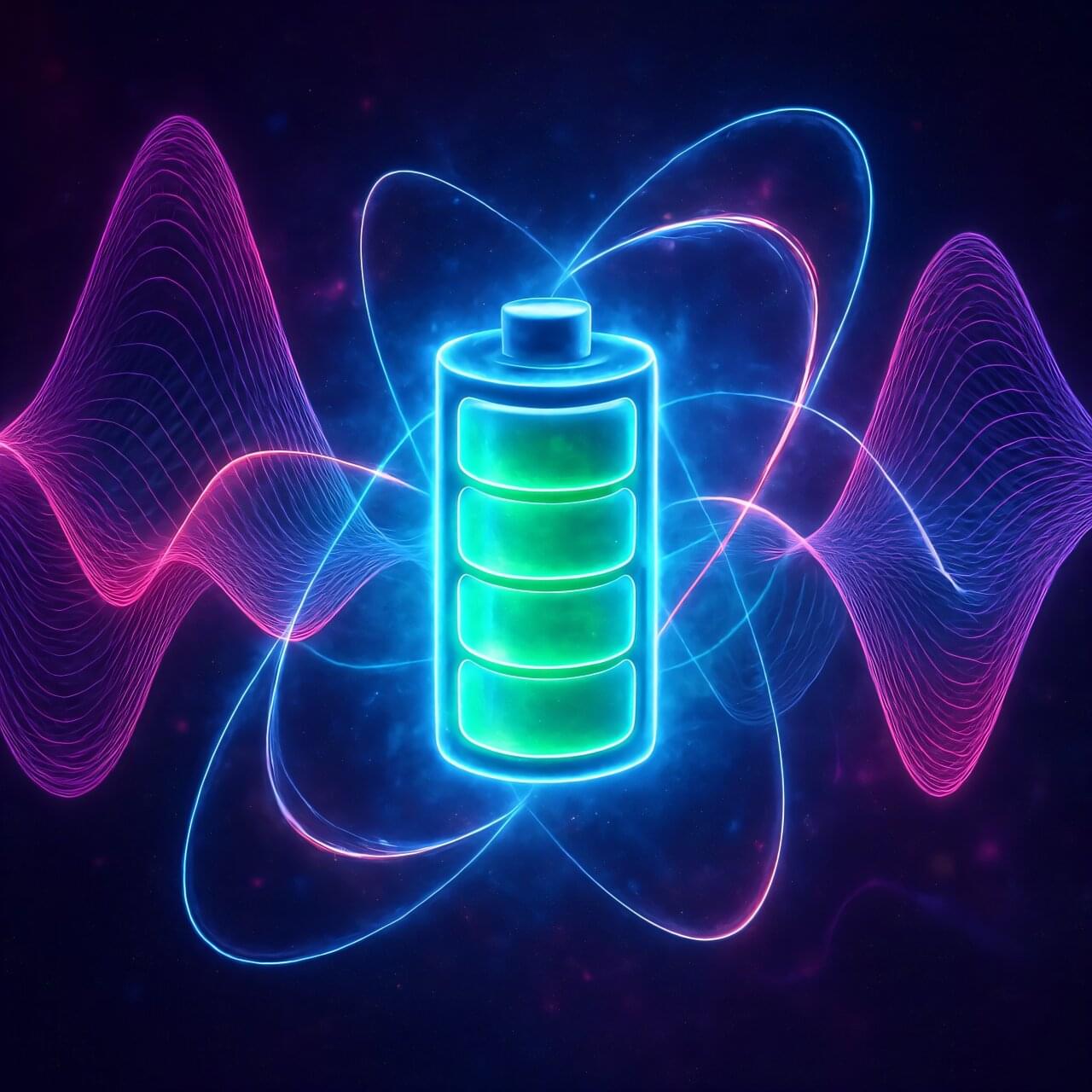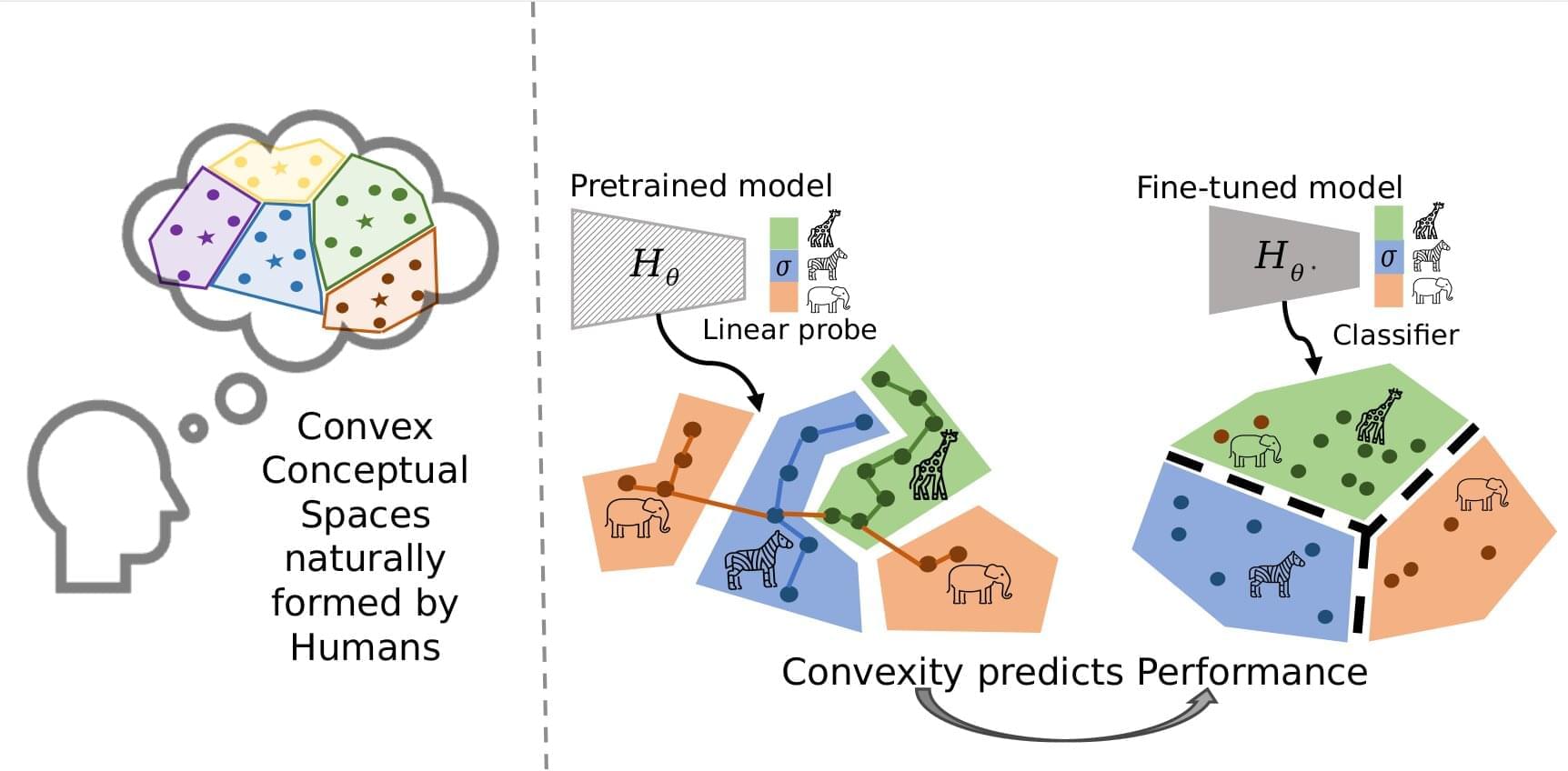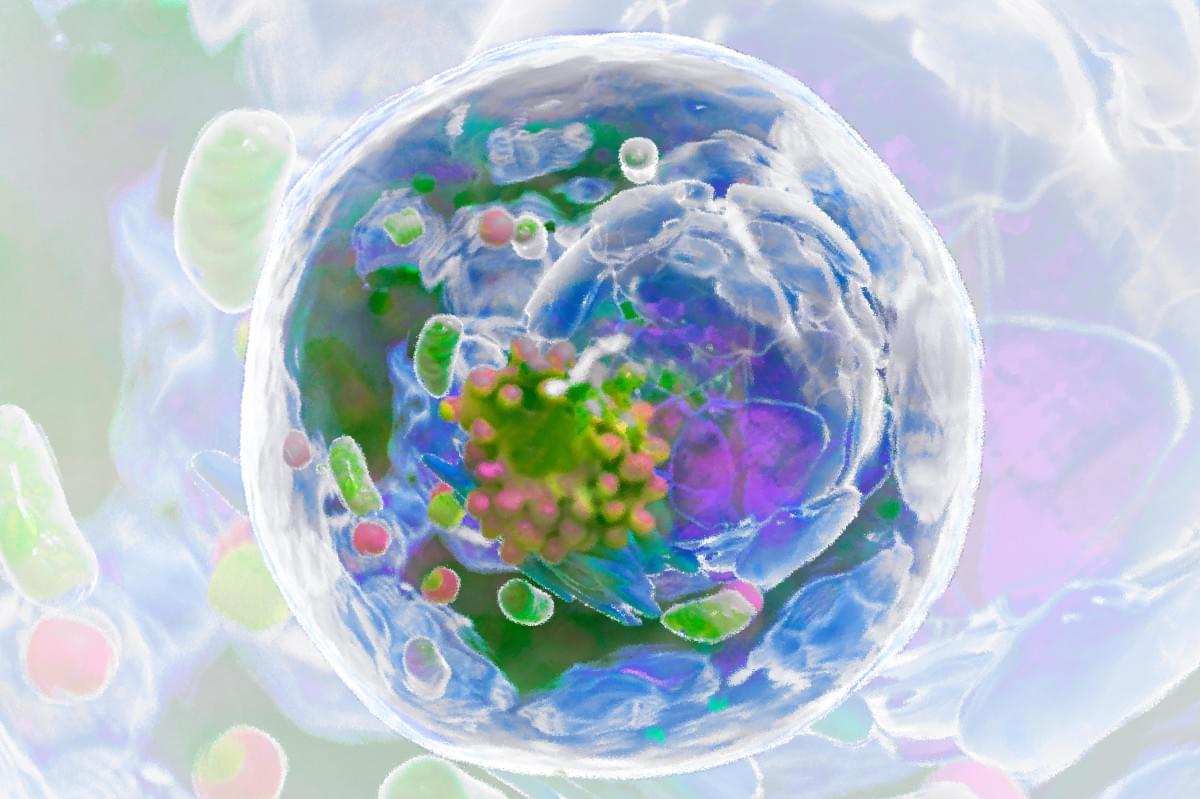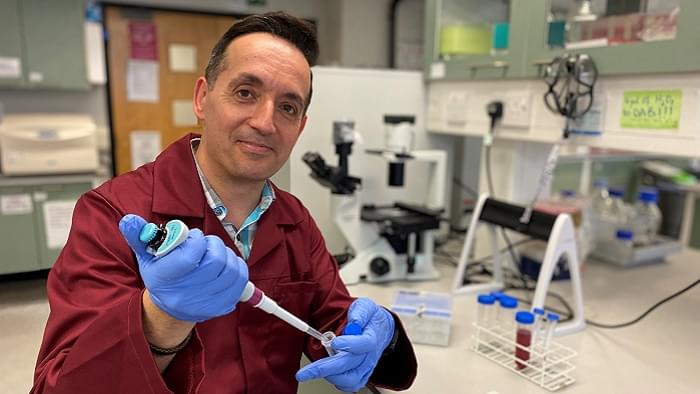“This is a huge step forward in the genetic treatment of deafness, one that can be life-changing for children and adults,” says Maoli Duan, consultant and docent at the Department of Clinical Science, Intervention and Technology, Karolinska Institutet, Sweden, and one of the study’s corresponding authors.
Gene therapy involved a synthetic adeno-associated virus (AAV) to deliver a functional version of the OTOF gene to the inner ear via a single injection through a membrane at the base of the cochlea called the round window. The injections were to target mutations in OTOF that can cause deficiencies of the otoferlin protein, that plays key roles in transmitting auditory signals.
According to the researchers, the effects of the gene therapy were rapid, and the majority of the participants recovered some hearing after one month. At a 6-month follow-up, all participants showed considerable improvements, with the average perceptible volume of sound improving from 106 decibels to 52 decibels.
